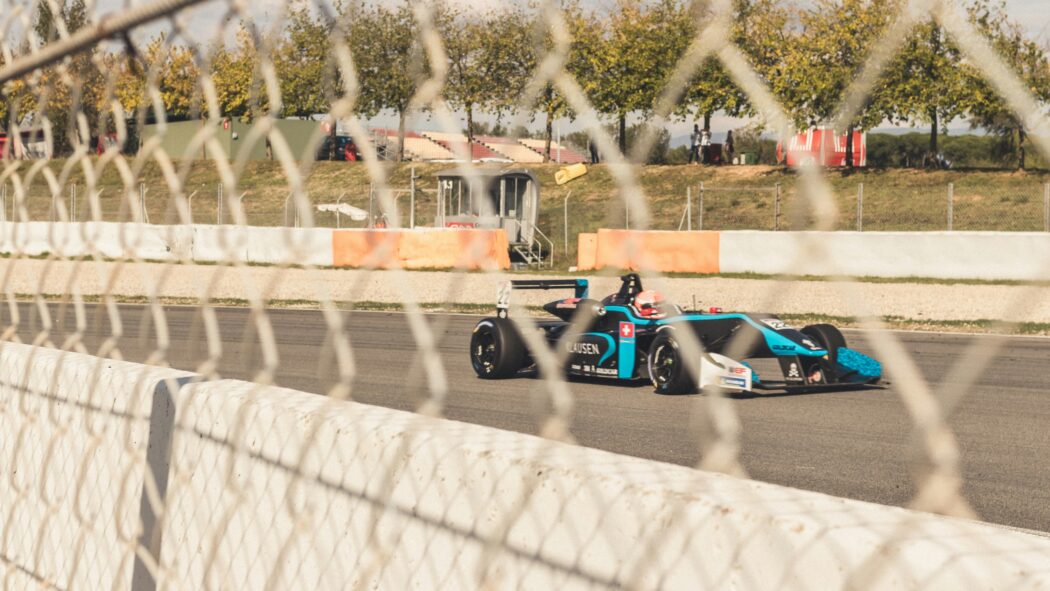Since the first Formula 1 Grand Prix in 1950, the sport has visited seventy seven circuits in every corner of the world. Traditionally, many races on the F1 calendar have taken place on circuits constructed specifically for motorsports, such as Silverstone Circuit in Silverstone, UK, which hosted the very first Grand Prix. However, of the seventy seven circuits, twenty nine of them have taken over the streets of their respective cities, such as Monte Carlo’s Monaco Grand Prix. Even to non-F1 fans, images of the iconic Monaco GP may come to mind as the city has hosted the race on a virtually unchanged circuit every year since the beginning of F1. It is often street races like the Monaco GP that garner the most attention from fans and passersby alike due to the noise, excitement, and star-studded audiences they bring to a city.
During the 2023 season, seven of twenty three races were held on street circuits, and eight street races are planned for the ongoing 2024 season. In future years, however, as contracts with current venues end, Formula 1 will be taking over the streets of Madrid starting in 2026, and is looking to add a potential street race in New York City to the calendar.
As the sport seems to transition to the use of more street circuits, it begs the question: what does it mean for the future of F1?
The popularity of Formula 1 has exploded worldwide in recent years, with the help of the Netflix docuseries Drive to Survive, and its social media presence. From 2019 to 2022, fan attendance increased by 36%, rising to 5.7 million, and revenue from races and related streams of income rose by 20%, from $2.136 billion in 2021 to $2.573 billion in 2022. As it is currently the fastest growing major sport on social media, F1’s growth shows no signs of slowing down. In this respect, hosting races in the streets of major cities as opposed to on race circuits is extremely advantageous, as it makes the experience more accessible to current and potential fans.
Hosting a Formula 1 race is an extremely costly endeavor, especially so for street races. Every year, local governments must pay between $17 and $40 million in fees just to host a race in their respective city, and countless other millions in maintenance and upkeep on local roads to continue hosting. Since most contracts with host cities last between seven and ten years, it can cost a city up to a hefty $600 million by the time the contract comes to an end.
It comes as no surprise that many cities end up losing money on their respective races. Long time fans may remember the Korean GP, for example, which was hosted from 2010 to 2013. It was ultimately dropped from the calendar early because of issues covering host fees due to low attendance and political issues in the country. The Australian GP in Melbourne is also notorious for losing money, losing $23 million on its race in 2023. However, since street races bring hundreds of thousands of tourists right into the heart of a city, local governments will often take a loss on race fees, in exchange for the several millions of dollars fans can bring to local businesses in the area. In the case of Melbourne last year, the local economy made back over $140 million due to visitor expenditure.
Many fans will also remember the controversial Las Vegas GP from last year, the maiden race held on the famous Las Vegas Strip, and the most expensive race of the 2023 season. By the time property was purchased for the pit and paddock, and the appropriate facilities were constructed, the Grand Prix cost F1 about $420 million. The promoter of the race, F1’s parent company, Liberty Media, had also grossly overestimated demand and the appropriate price point for the race, charging at least $2000 just to see the race, with other hospitality packages reaching prices in the millions. Prices were so high that in the week before the race, many seats still had not been filled, and ticket prices had to be slashed up to sixty percent to have an audience in the stands for the race weekend. In an attempt to cover costs, F1 demanded licensing fees from any businesses that had a view of the circuit, before relaxing these demands pre-race; instead putting up barriers all around the circuit, reducing the already limited visibility for drivers. Additionally, many employees working on the Strip complained about the disruptions that the construction of the circuit caused in the immediate area
The near disaster of the Vegas GP served as a reminder of the risks and steep costs associated with hosting that were the downfall of races like the Korean GP.
However, successful races like the one in Melbourne demonstrate the possible profits to be made by hosting, given there is sufficient attendance. While fans and drivers alike complain that street circuits make for boring races, with their reduced potential for overtakes and ninety degree turns, the 2024 season looks to be promising. With races as in-your-face as the upcoming Baku and Miami street races, the ever growing number of eyes on the sport online, and the lack of complete Red Bull dominance (so far), it seems like F1 will be breaking records again in 2024.
Moving towards the use of street circuits seems to be one of the ways F1 is rapidly gaining international popularity. As the sport continues to move in this direction, only time will tell how it affects Formula 1, for better or for worse.








